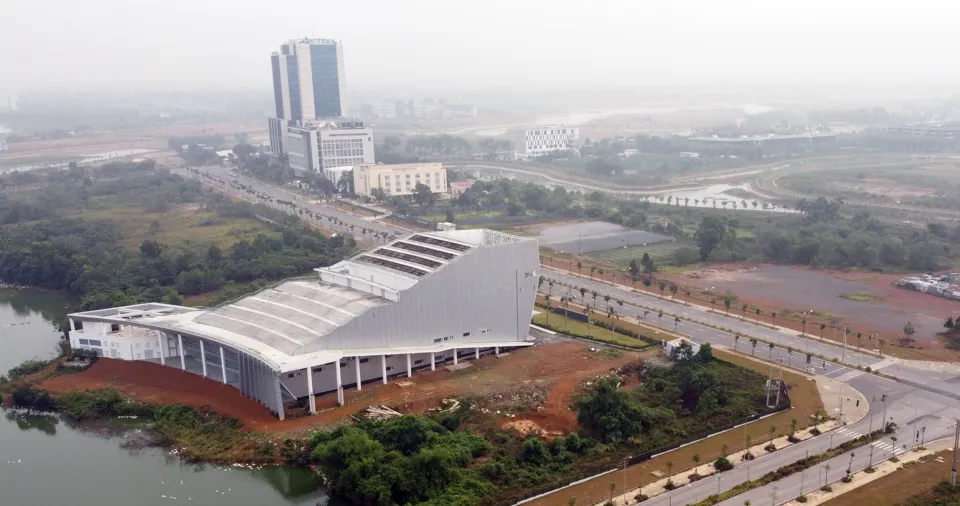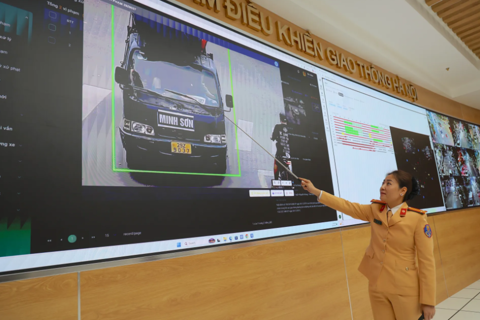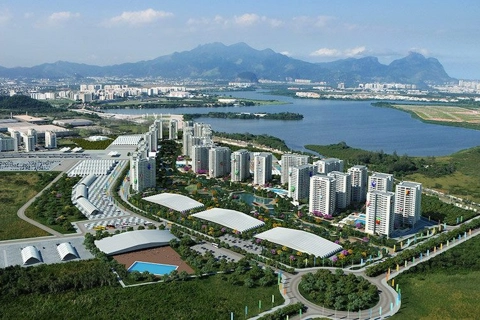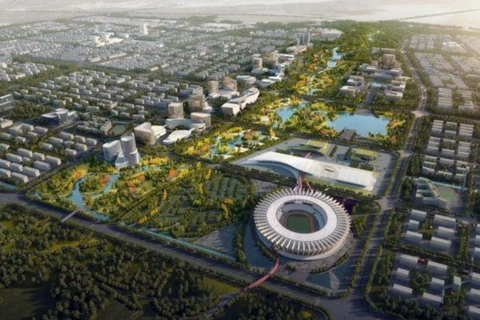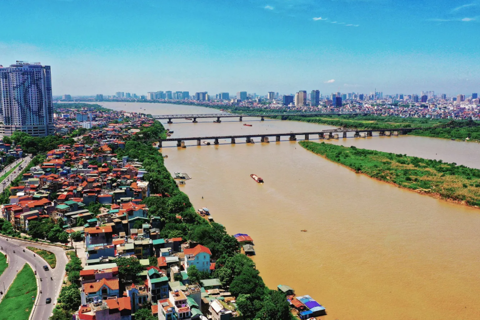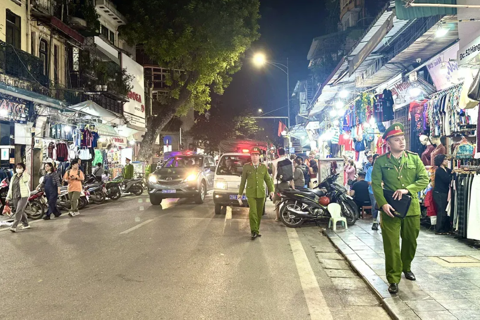Experts name urgent matters for Hanoi's planning (Part 2)
Experts suggest that the Hanoi authorities should improve the master plans of the city's development to maximize the benefits of the satellite cities.
Hanoi authorities are collecting feedback on the city's future urban development. Experts and academics spoke to The Hanoi Times about the plan.
The main issues focus on structuring urban areas and designing satellite cities.
Bui Anh Tuan, Rector, Foreign Trade University
In many documents related to Hanoi's cityscape design, such as the Capital Law, we talk about how the capital will lead and coordinate other provinces and cities. We have tried to do this, but the practical results are below expectations.
Hanoi has made efforts to lead the country without being able to involve other localities and combine their own qualities. If we have a specific plan, a solution to the problem, we can mobilize all the resources of Hanoi itself and the comparative advantages of other localities to spur the growth of the capital.
I hope that the upcoming capital development plan will address the role and leadership of Hanoi in the future. In particular, I expect that the amended Capital Law, which will be submitted to the National Assembly for review later this month, will make positive changes to boost Hanoi's growth.
| A corner of the Hoa Lac Hi-Tech Park, the expected core of the Hoa Lac satellite city in western Hanoi. Photo: Vu Ha/The Hanoi Times |
Hanoi has recently announced plans to develop two cities within the city, one of which will take Hoa Lac Hi-Tech Park as the core of the western region. These two satellite cities will give Hanoi a great boost in the future. However, we must take things seriously because we have failed many times with similar ideas and plans. We must hurry up and complete all the plans within a few years, not decades.
In every city, the population in the core area should be fixed. In the case of Hanoi, rapid urbanization and socio-economic growth have attracted too many people from other provinces, making it one of the most populous cities in the country and in Southeast Asia. Population growth has outpaced infrastructure growth. So the best solution here is to start building new urban centers outside of Hanoi's metropolitan areas with improved infrastructure to relocate some of the inner city population there. To achieve this, we need to finalize the amended Capital Law soon to make new rules for breakthroughs.
Hoang Van Cuong, Vice Rector, National University of Economics
A residential area or a city needs amenities such as schools, healthcare facilities, and others. In a model city, it takes people a maximum of 15 minutes to access these essential services. A city where people do not have access to services close to their homes is not a good example of modern urban development.
Hanoi must be built based on its existing characteristics. First, the city authorities must be aware of the traits and values of each area of Hanoi and make the municipal administrative division accordingly, so as to preserve and promote them. Second, old residential areas and old-fashioned apartment buildings must be renovated into modern, civilized places with standardized living conditions, facilities, and services. New-generation urban areas must be constructed according to new urban models from the outset, with an adequate population so that public facilities such as schools, health centers, and others can meet their demands.
For me, Hanoi is the capital, not an ordinary city. We need sub-cities under the Hanoi administration, and the city authorities must be more empowered to develop their own rules for these sub-cities. If Hanoi doesn't have its own regulations based on our understanding of the city's characteristics, we won't be able to get the best benefits from the sub-cities. I am convinced that the "city within city” model will initiate a new legal framework and a new form of management to make the best use of local traits and facilitate the growth of the capital.
When we plan a civilized, modern, cultured, and green capital, we need to establish a set of living standards for the city. These criteria will help to attract talents and elites from all over the country and other nations to Hanoi, thus driving the capital forward. I hope that the upcoming urban development plan will solve the problems of traffic, pollution, and construction disorder.
Tran Huy Anh, Hanoi Architects Association
Hanoi's urban development plan is the first of its kind in Vietnam, so its formulation faces new challenges and considers new concepts. Despite the support of the central government, Hanoi still faces many problems, including environmental pollution and traffic congestion. Therefore, we need the help of scholars, university lecturers, scientists, and specialists to make the plan feasible and least risky for the sustainability of the capital.
Before the initiative of the "city within a city" model, we already had five satellite cities. However, their growth was undermined by the underdeveloped transport infrastructure. Ideally, the city and its satellite cities should be connected by a network of roads to facilitate internal travel. Otherwise, Hanoi could not reach the standard of a "city within a city" model.
Part 1: Experts name urgent matters for Hanoi's planning https://hanoitimes.vn/experts-name-urgent-matters-for-hanois-planning-324904.html?gidzl=OGDqK-_FQqDd6NrIuTTlJMWUSL_vW6SRTayZ3ws7PKmgItDJyOfZ5ofB85JqYZ4MUXHqKpI_-2SdxyzcH0

